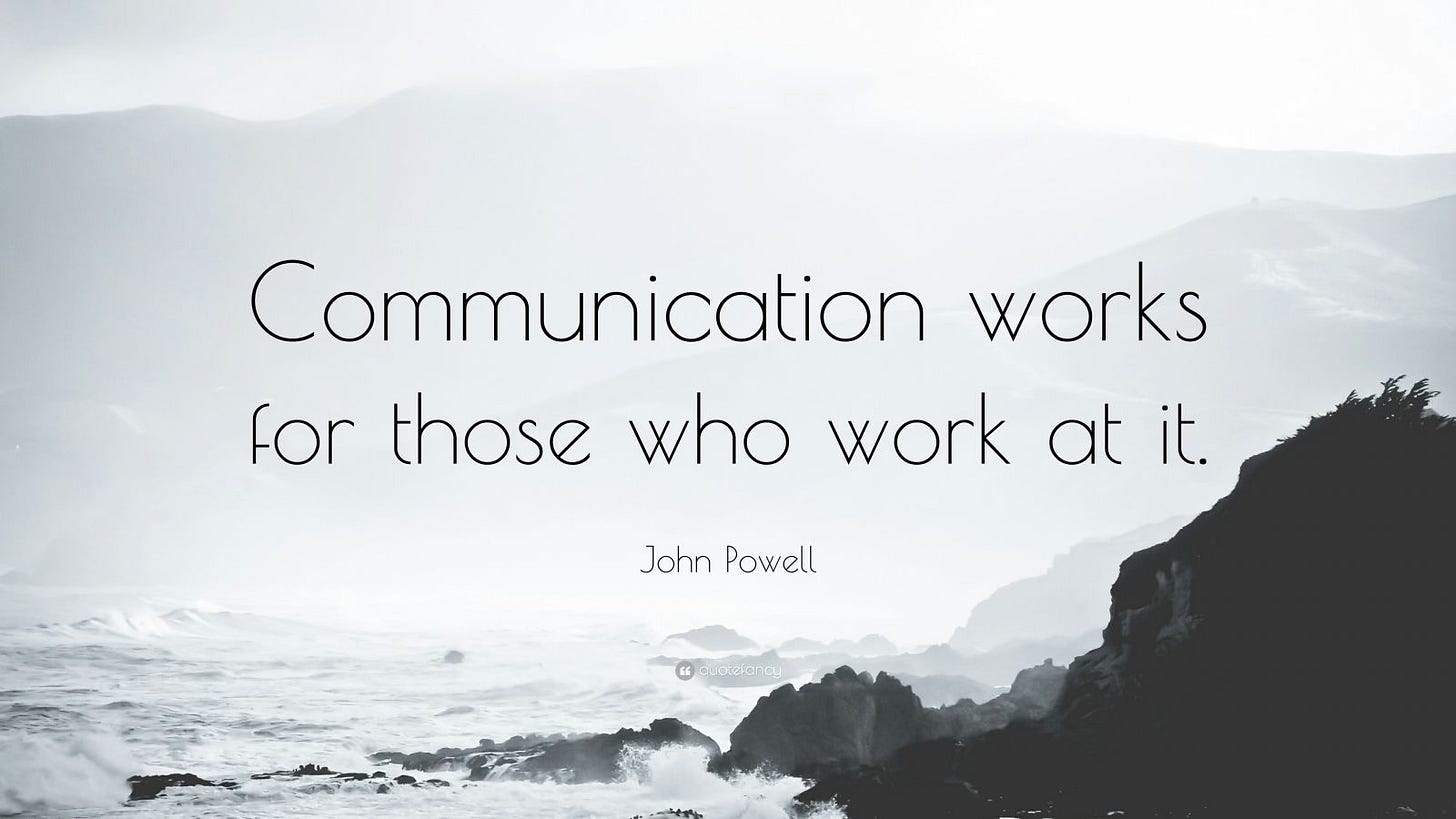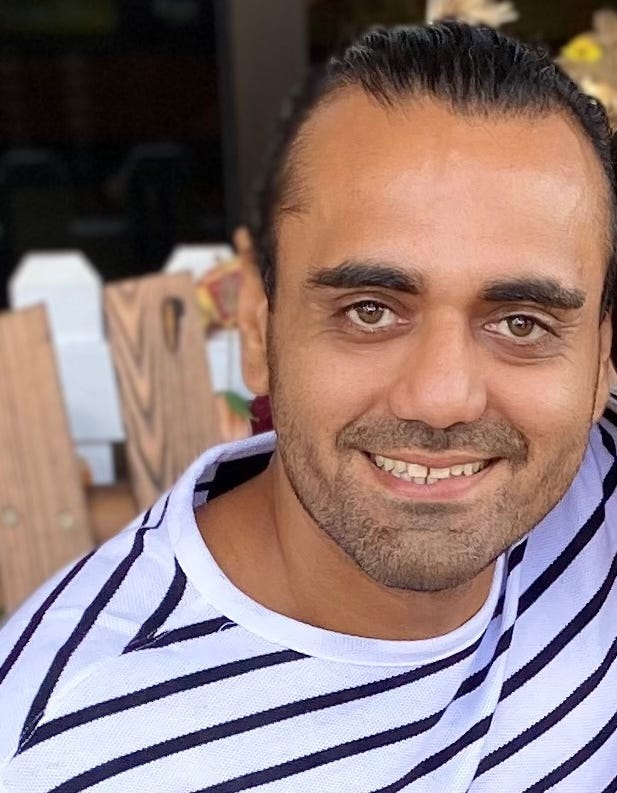🦉2 Frameworks to become a better communicator, especially when you're put on the spot
Get better at spontaneous communication
Imagine someone grabbed you off the street and placed you on a stage in front of 5,000 people. All you were given was 10 minutes to prepare a 5-minute speech about your current profession. Does this sound like your worst nightmare that gives you sweaty palms and a mild anxiety attack?
If yes, this post will help you ease the anxiety and provide an evergreen framework for constructing your ideas quickly and communicating them effectively.
The ideas come from Matt Abrams's podcast- Matt Abrams is the author of Think Faster, Talk Smarter, and a leading expert in communication with decades of experience as an educator, author, podcast host, and coach. He is also a lecturer at Stanford University’s Graduate School of Business.
In this post, you will learn:
Your worst nightmare - Handling Blanking Out
Matt provides us with a brief yet effective framework that helps condense a million ideas floating in your head and communicate them clearly, especially if you are put on the spot. It is especially effective for constructing a toast, an introduction, or a brief status update on a project in a management meeting.
He calls it WHAT framework, and It stands for:

W—Why are we here? Mention the context, the occasion, or what has been achieved, e.g., a 50th wedding anniversary.
H - How are you connected? - Briefly explain your position or connection. For example, you are the Vice President of the team that completed implementation or the best friend of the groom
A - Anecdote - 1 or 2 short stories that represent something meaningful
T - Thanks - This is where you say, Let’s raise your glasses
Below is an example of a wedding toast using this model.
W: "We're all here to celebrate Mary and John, and hasn't it been the most wonderful day."
H: "I've known the bride for 20 years."
A: "Anyone who knows John and Mary will know about, well, their love of X. I remember one time when they X..." This is where you insert humor. Caution: This is a toast, not a roast.
T: "Thank you for being here, and thank you to John and Mary for bringing us all together. Please join me in raising a glass for the newlyweds to wish them many happy years together."
If one What is not enough, you can use 3 instead.
Another framework that I find helpful is …
What, So What, and What Now
This is a simple yet effective way to construct brief and meaningful extracts of information.
What: What is the topic and the context? State it clearly in a few words and stick to it the whole time.
For example, your What can be - Inflation and its effect on the US population.
So What: Why should this topic matter to your audience? Why should they care?
For example, Inflation has been at an all-time high in the last few years. This means the same monthly groceries cost twice as much, and there is no vacation money left this summer. Drive home how inflation impacts your audience’s life both short-term and long-term.
What Now: Now that the audience is clear on why the topic matters, give them some actionable and tactical advice they can implement.
Example: The cost of living has increased due to inflation, but their income is the same. Provide your audience with tactics to negotiate their salary or start a side hustle. Shop around for better prices for fixed expenses like home and car insurance. Cut down superfluous and spontaneous spending.
Your worst nightmare - Handling Blanking Out
Blanking out is a common fear for people who communicate publicly. Blanking out on a stage triggers a visceral experience of fear.
To avoid blanking out, create a clear framework for your talk and stick to it. If you blank out, track back to the last step in the structure.
Shifting your focus from self-doubt to audience service can help you overcome the fear of blanking out. Remember that you are speaking to serve the audience, not to combat your own perceived inadequacies.
If you blank out, repeat yourself, retrace your steps, or ask a question to distract the audience, it can help you regain your composure and get back on track.
Remember - The biggest thing is to look for Connection Not Perfection.
Focus on getting the message across: your audience and their needs, not your inadequacies.
I hope this was useful.
PM






The imagery of standing in front of 5000 people is gonna give me nightmare tonight.
When that happens, I'm gonna practice what is taught here.
Thanks for distilling the learning points.
I have such a fear of blanking out, that I type out my speeches . It makes me feel better knowing if I can't do it, my every word is right there in front of me.